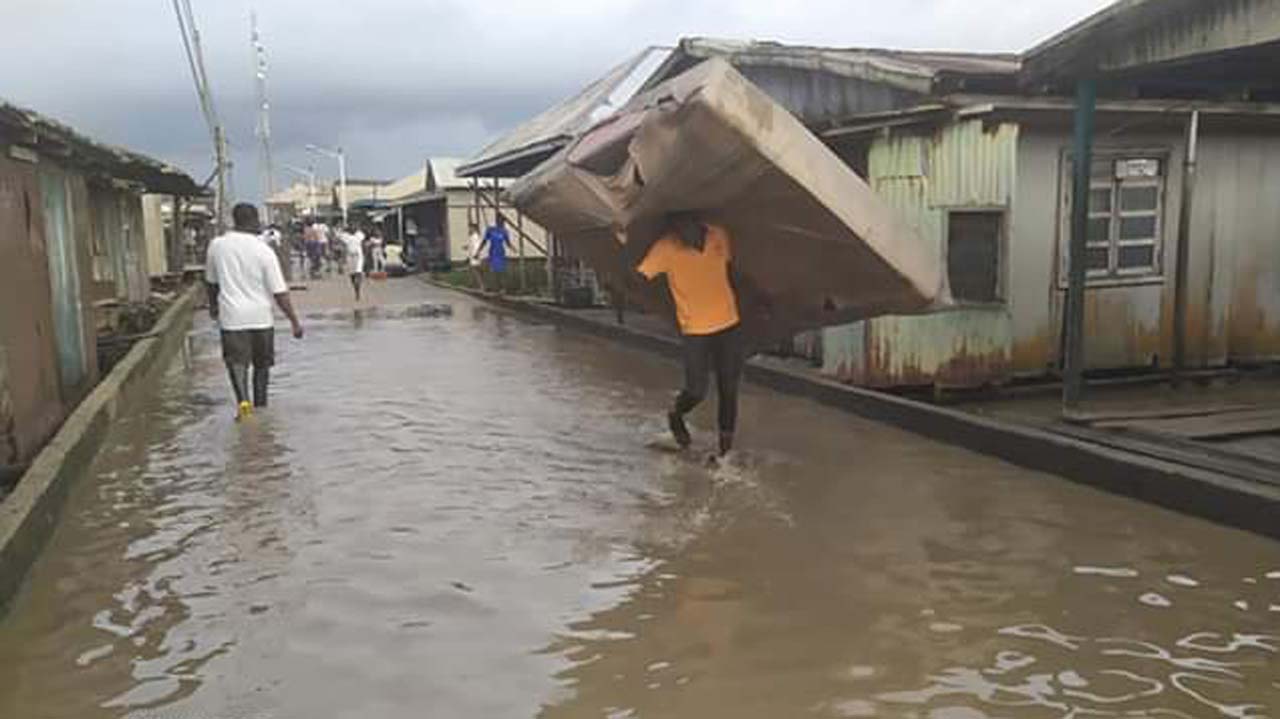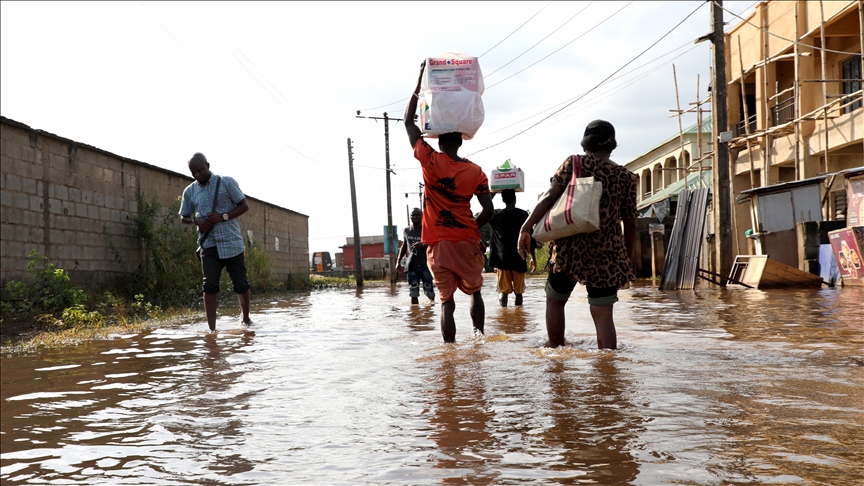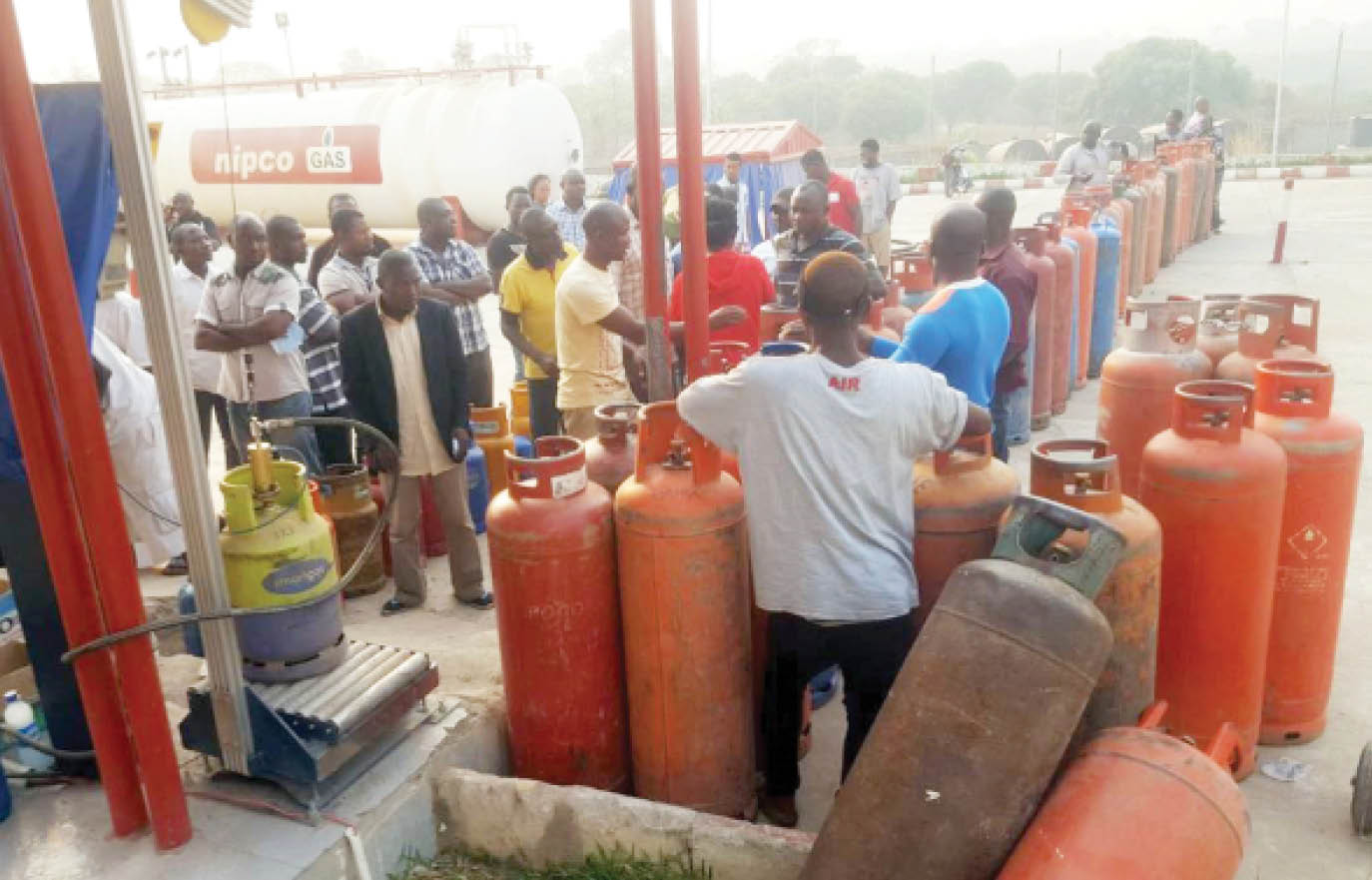FG Warns of Imminent Floods in 15 States, Lists 69 Danger Zones

The Federal Government has issued a major flood alert covering 15 States and 69 vulnerable locations, warning of possible widespread flooding between September 24 and 28, 2025.
The alert, released by the National Flood Early Warning Centre (FEW Centre) under the Ministry of Environment, was signed by Usman Abdullahi Bokani, Director of the Ministry’s Erosion, Flood and Coastal Zone Management Department.
States and Communities on Alert
The Government named the following States and communities as high-risk zones:
Adamawa: Farkumo, Jimeta, Mayo-Belwa, Yola
Anambra: Ogbakuba
Bayelsa: Amassoma, Yenagoa, Kaiama, Okolobiri, Peremabiri, Bomadi, Ayama, Agudama
Borno: Damasak
Delta: Asaba, Warri, Sapele, Ughelli, Bomadi, Burutu, Oleh, Patani, Ozoro, Agbor
Edo: Benin City, Agenebode
Imo: Egbema
Kano: Kano City, Bebeji, Wudil
Katsina: Jibia
Ondo: Akure, Okitipupa, Ondo Town
Oyo: Iseyin, Ogbomoso
Rivers: Ahoada, Abua, Buguma, Port Harcourt
Sokoto: Isa
Taraba: Bandawa, Gembu, Wukari, Jalingo, Karim Lamido, Lau
Zamfara: Gusau, Anka, Talata-Mafara, Kaura Namoda
Humanitarian Impact Already Rising
Flooding has already claimed 232 lives this year, displaced 121,224 people, and affected more than 339,000 Nigerians, according to Government records as of September 20.
At least 681 people have been injured, while vast farmlands across the Middle Belt and South-South remain submerged.
Experts warn that the situation, if not contained, could deepen food shortages, drive up prices, and worsen insecurity in rural communities already struggling with poverty and displacement.
Dr. Ayodele Ogunbiyi, an environmental scientist at the University of Ibadan, told Global Mirror News that climate change and poor urban planning are worsening Nigeria’s flood crises.
“The rainfall patterns we are witnessing are no longer predictable. Coupled with deforestation, blocked drainages, and uncontrolled construction in floodplains, the risks multiply,” he said.
“Without long-term investment in flood defenses, we will continue to count losses every year.”
Similarly, officialsof the National Emergency Management Agency (NEMA) have pledged readiness but admitted that logistics and funding constraints limit quick response in rural areas.
“Our teams are on standby, but community cooperation is critical. Evacuation warnings must be heeded early. Waiting until floodwaters rise makes rescue operations more dangerous,” a senior NEMA officer noted.
Call for Urgent Action
The Ministry of Environment has urged state governments to set up temporary shelters, stock relief supplies, and clear water channels in vulnerable communities. Traditional rulers and local leaders are also expected to mobilize residents for early preparedness.
Experts stress that unless stronger flood management systems are built—including dams, levees, and proper drainage—annual flooding will continue to destroy lives and livelihoods across the country.
Flooding remains Nigeria’s most frequent natural disaster, striking with greater intensity in recent years. With more rains expected in October, the federal government’s alert is seen as both a warning and a test of how prepared authorities are to mitigate yet another cycle of devastation.
Safety Tips for Flood-Prone Communities
Before the Flood:
Clear drainages and gutters around your home.
Move valuables, documents, and electronics to higher ground.
Prepare an emergency kit with food, water, flashlight, first aid, and batteries.
Know the nearest evacuation center or safe zone.
During the Flood:
Do not walk or drive through floodwaters; just six inches of moving water can knock you down.
Switch off electrical appliances and gas before leaving home.
Stay tuned to radio, TV, or official channels for evacuation orders.
Move immediately to higher ground if water levels rise.
After the Flood:
Avoid returning home until authorities declare it safe.
Watch out for damaged power lines, open manholes, and weakened buildings.
Boil or treat drinking water to avoid waterborne diseases.
Document damages for possible Government or insurance claims.



